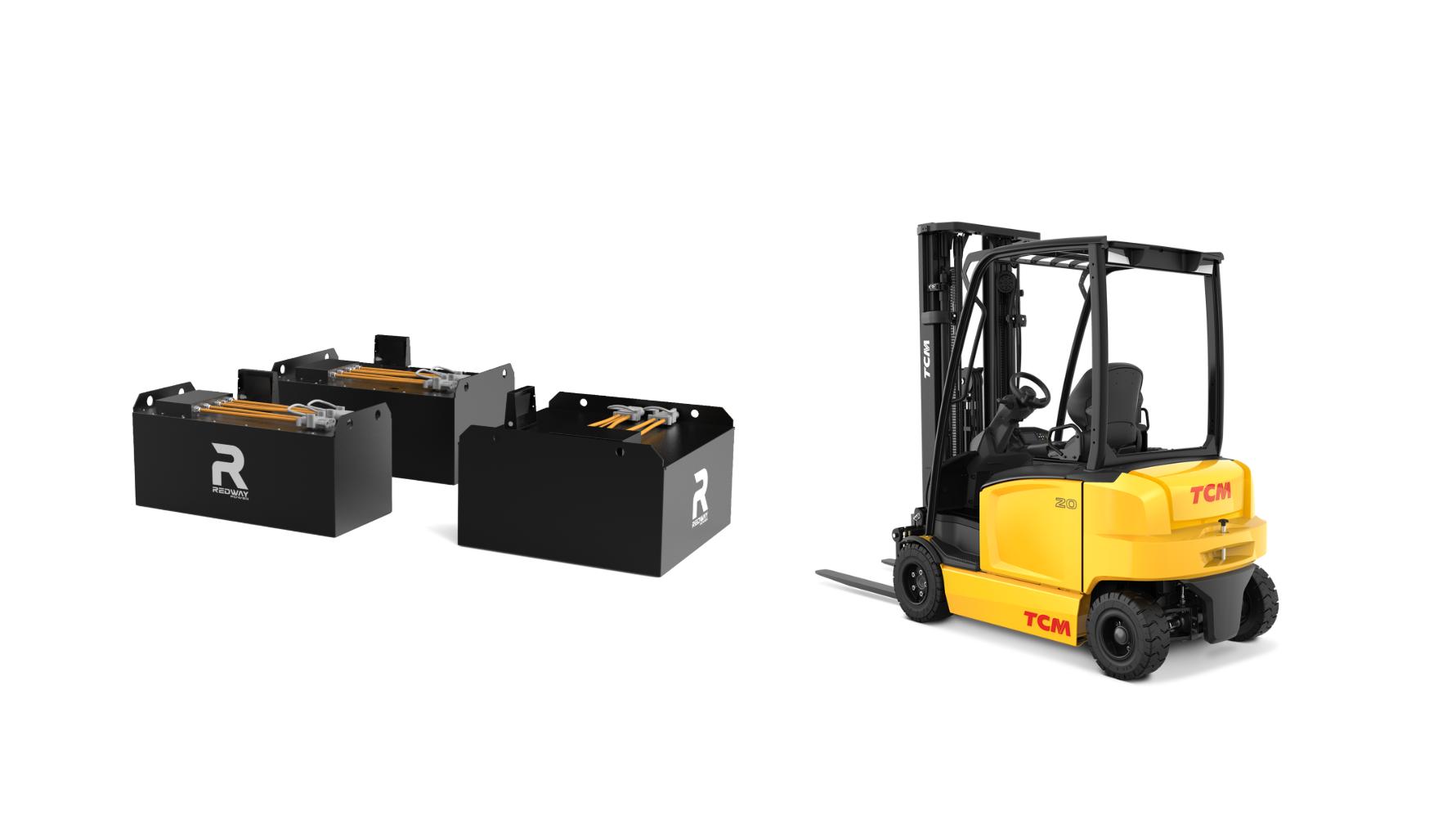Material handling energy storage systems power equipment like forklifts, automated guided vehicles (AGVs), and warehouse robots. Common solutions include lithium-ion batteries, lead-acid batteries, and hydrogen fuel cells. Lithium-ion dominates modern applications due to fast charging, longer lifespan, and zero emissions. Lead-acid remains cost-effective for low-intensity tasks, while hydrogen fuel cells excel in high-throughput environments. Choosing the right system depends on workload, budget, and sustainability goals.
How Do Lithium-Ion Batteries Compare to Lead-Acid in Material Handling?
Lithium-ion batteries outperform lead-acid in energy density, charging speed, and maintenance requirements. They charge fully in 1-2 hours versus 8+ hours for lead-acid and last 3-5x longer. Lead-acid batteries are cheaper upfront but incur higher lifetime costs due to frequent replacements and energy waste. Lithium-ion’s zero-emission operation also aligns with warehouse sustainability mandates, making it ideal for multi-shift operations.
48V 300Ah Lithium Forklift Battery
| Feature | Lithium-Ion | Lead-Acid |
|---|---|---|
| Cycle Life | 2,000-3,000 cycles | 500-1,000 cycles |
| Charging Time | 1-2 hours | 8+ hours |
| Maintenance | None | Weekly watering |
Why Are Hydrogen Fuel Cells Gaining Traction in Material Handling?
Hydrogen fuel cells provide uninterrupted power through quick refueling (3-5 minutes), eliminating downtime for charging. They’re ideal for high-demand facilities like e-commerce hubs, where equipment runs 24/7. Though initial infrastructure costs are high, fuel cells reduce long-term energy expenses and support carbon-neutral goals. Companies like Amazon and Walmart use them to replace diesel in heavy-load scenarios, cutting emissions by 30-50%.
The adoption of hydrogen fuel cells is further accelerated by advancements in green hydrogen production. Electrolyzers powered by renewable energy sources now produce hydrogen at 60-70% efficiency, making it a viable option for companies targeting Scope 3 emissions reductions. Governments are also offering tax credits for hydrogen infrastructure, lowering the barrier to entry. For example, the U.S. Inflation Reduction Act provides up to $3/kg hydrogen subsidies, which can reduce operational costs by 25-40% for early adopters. Additionally, fuel cells eliminate battery swap-out labor and charging station footprints, freeing up 15-20% more floor space in warehouses.
What Role Do Supercapacitors Play in Energy Storage Systems?
Supercapacitors bridge gaps between batteries and traditional power sources by delivering rapid energy bursts for peak demands. They recharge in seconds and handle 1 million+ cycles, making them perfect for regenerative braking in AGVs or smoothing load fluctuations. While they can’t store energy long-term, pairing them with lithium-ion batteries optimizes efficiency and extends battery life by 15-20% in high-cyclic applications.
48V 400Ah Lithium Forklift Battery
How Does Battery Thermal Management Impact Performance?
Thermal management systems (TMS) prevent overheating in lithium-ion batteries, ensuring safety and longevity. Liquid cooling maintains optimal temperatures (20-40°C) during fast charging, reducing degradation by 40%. Poor thermal control can cause capacity loss or thermal runaway. Advanced TMS with AI-driven sensors adapt to ambient conditions, boosting energy efficiency by 25% in cold storage warehouses or high-temperature manufacturing plants.
72V 300Ah Lithium Forklift Battery
Are Hybrid Energy Systems the Future of Material Handling?
Hybrid systems combine lithium-ion batteries with supercapacitors or fuel cells to balance power and energy density. For example, AGVs use supercapacitors for acceleration and batteries for steady operation, cutting energy waste by 35%. These systems reduce reliance on single technologies, offering flexibility for diverse tasks. Companies like Toyota and Bosch are piloting hybrids to slash operational costs and meet net-zero targets by 2030.
48V 280Ah Lithium Forklift Battery
Recent deployments of hybrid systems in automotive manufacturing plants have demonstrated 40% faster throughput compared to single-source energy systems. By integrating predictive algorithms, these systems automatically switch between power sources based on real-time demand. For instance, during peak hours, fuel cells handle heavy lifting while lithium-ion manages routine tasks. This dynamic allocation reduces wear on primary batteries, extending their lifespan by 30%. With modular designs, facilities can scale hybrid configurations as operational needs evolve, making them a cornerstone of Industry 4.0 logistics strategies.
“The shift to lithium-ion and hydrogen reflects the industry’s dual focus on efficiency and decarbonization. Companies that adopt adaptive thermal management and hybrid systems will lead in ROI and sustainability.” — Redway Power Solutions Engineer
Conclusion
Material handling energy storage is evolving with lithium-ion, hydrogen, and hybrid technologies leading the charge. Prioritizing fast charging, lifecycle costs, and emission reductions ensures competitive advantage. As automation grows, investing in scalable, intelligent systems will be critical for seamless warehouse operations.
36V 250Ah Lithium Forklift Battery
FAQs
- How long do lithium-ion batteries last in forklifts?
- Lithium-ion batteries typically last 5-7 years or 2,000-3,000 cycles in forklifts, outperforming lead-acid’s 1-3 year lifespan.
- Can hydrogen fuel cells work in cold storage warehouses?
- Yes, hydrogen fuel cells operate efficiently in sub-zero environments without performance loss, unlike batteries that require preheating.
- What’s the ROI timeline for switching to lithium-ion?
- Most facilities recoup lithium-ion costs in 2-3 years via reduced energy bills, maintenance, and downtime.
Know more:
Why Are Lithium-Ion Forklift Batteries Revolutionizing Material Handling?
What Are the Best Energy Storage Solutions for Material Handling?
What Are Industrial Battery Management Systems (BMS) and Why Are They Critical
What Are the Optimal Forklift Battery Charging Solutions for Industrial Efficiency?
Which Battery Is Better: Lithium or Lead-Acid?
How Can Warehouses Transition to Sustainable Power Solutions?



